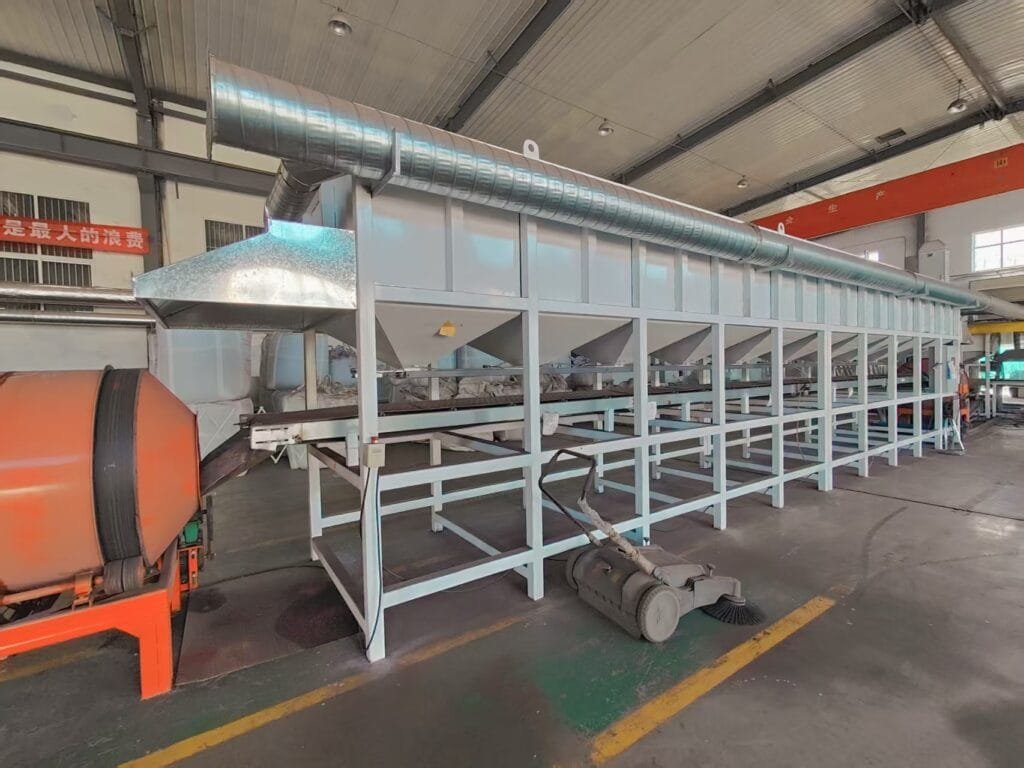Attached ECO Speaker tool+global certification database+carbon score calculator
1、 Market changes brought about by the upgrading of green building regulations in Southeast Asia
1. 2024 Environmental Protection New Policies Mandatory Requirements
-Comparison of Environmental Protection Indicators among Countries:
| National | Requirements for Roof Material Recycling Rate | Carbon Footprint Cap (kgCO ₂ e/㎡) | Effective Time |
|---|---|---|---|
| Singapore | ≥ 30% | 18.5 | 2024.07 |
| Malaysia | ≥ 25% | 21.0 | 2025.01 |
| Thailand | ≥ 20% | 24.7 | 2024.10 |
-Violation Punishment Case:
-Jakarta CBD project loses $1.2 million in tax incentives due to LEED rating downgrade caused by the use of non certified materials
-The roof carbon footprint of Bangkok’s commercial center exceeds the standard and faces a 1.5% ecological tax on annual revenue
2. The commercial value brought by green certification
-Certification Premium Analysis:
| Certification level | Rent premium | Sales premium | Insurance premium rate discount |
|---|---|---|---|
| LEED Platinum | +22% | +15% | -18% |
| GREEN MARK | +15% | +9% | -12% |
| LOTUS | +11% | +6% | -7% |
2、 Deep decoding of global mainstream environmental certification systems
1. Core indicators of Material Life Cycle Assessment (LCA)
-BRE Global Standard:
-Raw material acquisition stage: Track the transportation radius of ore mining to the factory (2 points for ≤ 500km)
-Production energy consumption: power consumption per square meter of tiles ≤ 3.8kWh (ISO 14040 standard)

-Recycling and disposal: Removable design (modularity rate ≥ 85%)
2. Comparison of Key Certification Standards
| Certification System | Core Requirements | Applicability to Southeast Asia |
|---|---|---|
| EPD | Full Life Cycle Carbon Footprint Disclosure | Singapore BCA Mandatory Requirement |
| C2C | Material Health+Recycling Rate | Preferred for High end Commercial Projects |
| ECO-SGS | Heavy metal content detection (Pb ≤ 0.1%) | Must be selected for market access in the Philippines/Vietnam |
| GREEN LABEL | Solar Reflectivity (SRI ≥ 82) | Tropical Climate Optimization in Malaysia |
3、 Five core technological breakthroughs in environmentally friendly colored stone tiles
1. Application of recycled materials
-Circular Economy Formula:
-Substrate: 30% recycled galvanized steel sheet (compliant with GRS certification)
-Colored sand: recycled aggregate from construction waste glass (particle size 0.8-1.2mm)
-Backing layer: recycled rubber particles (tire conversion rate ≥ 65%)

– Performance Comparison:
| Index | Recycled material tile | Traditional tile |
|---|---|---|
| Impact resistance (J) | 18.7 | 15.2 |
| Thermal conductivity (W/mK) | 0.038 | 0.052 |
| Carbon footprint (kgCO ₂ e) | 16.3 | 23.8 |
2. Low carbon production process
-Hydrogen calcination technology:
-The sintering temperature of colored sand has been reduced from 1200 ℃ to 850 ℃
-Natural gas substitution rate ≥ 40% (certified by T Ü V Rheinland)
-Wastewater closed-loop system:
-The reuse rate of paint rinsing water is 97% (compliant with ISO 14046)
-Heavy metal ion capture rate 99.9% (electrodialysis+resin adsorption)
4、 Practical Guidelines for Certification Compliance
1. Three step verification method for identifying authenticity
-Certificate validity verification:
- Login to UL SPOT database to verify EPD number
- Scan the C2C certificate QR code to view the current status
- Require manufacturers to provide ILAC mutual recognition laboratory reports
-On site Assault Inspection Plan:
-XRF handheld device detects lead content (results will be available on-site within 5 seconds)
-Infrared thermal imager for verifying solar reflectance (ASTM E1980 standard)
2. Certification Cost Optimization Model
-Hierarchical authentication strategy:
| Building type | Recommended certification combination | Cost saving path |
|---|---|---|
| Commercial complex | LEED+C2C+EPD | Shared LCA data saves $28000 |
| Government project | GREEN MARK+ECO-SGS | Batch testing fee reduced by 40% |
| Residential Development | LOTUS+Carbon Footprint Certification | Localization Laboratory Selection |
5、 Empowering Green Finance and Carbon Trading
1. Carbon credit calculation tool
-Operating Procedure:
- Enter the roof area and tile model (including recycling rate parameters)
- Automatic comparison of baseline material carbon emissions
- Generate carbon credits report (compatible with Verra registration system)
-Kuala Lumpur case:
-Using SKW-ECO model for 80000 square meters, earning 1285tCO ₂ e carbon credits
-Profit of $9632 from carbon trading, offsetting 21% of material costs
2. Green loan preferential terms
-Bank Cooperation Plan:
| Banks | Interest rate discounts | Certification requirements |
|---|---|---|
| DBS Bank | -0.8% | LEED Gold or above |
| Malayan Bank | -0.5% | GREEN MARK+EPD |
| Dahua Bank | -0.6% | Carbon footprint<20kgCO ₂ e/㎡ |
6、 Success Story: Singapore Marina Bay Zero Carbon Building Complex
-Technical solution:
-Adopting SKW Circular model (with a recovery rate of 45%)
-Integrated photovoltaic tile system (generating 38W of electricity per square meter)
-Certification results:
| Certification System | Score/Level | Bonus Acquisition |
|---|---|---|
| LEED v4.1 | 92/110 | BCA Green Building Award $850000 |
| True Zero Waste | 97% | 42% reduction in waste disposal fees |
| WELL | Platinum Level | Employee Health Expenditure Decreases by 19% |
7、 Tool Center and Resource Pack
1. Global Authentication Database Query System
– Coverage :
-Real time updates of certification standards for 87 countries/regions -Provide a bilingual manual for interpreting regulations in both Chinese and English
– Featured Features:
-Warning system: automatically push target market regulatory changes
-Intelligent matching: Input project parameters to recommend the best authentication combination
2. Free access to resources
▶️ [Download the EPD Report Writing Template]
-Including LCA data collection table and calculation tools
▶️ [Obtain the Green Finance Application Guide]
-Subsidy Policies and Application Process of 12 Southeast Asian Countries
